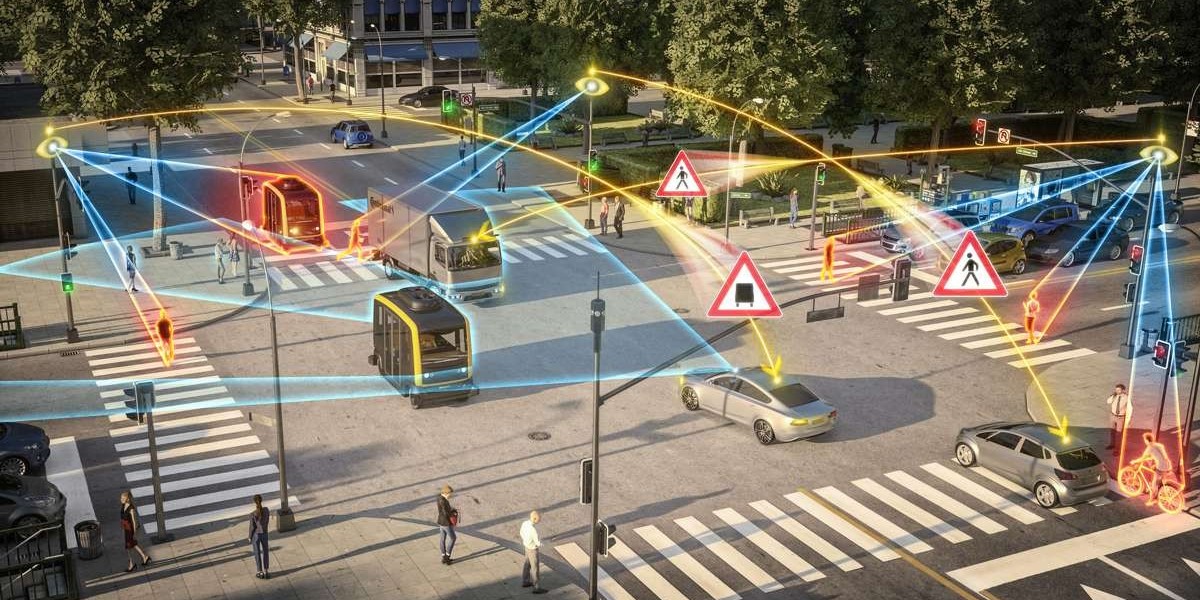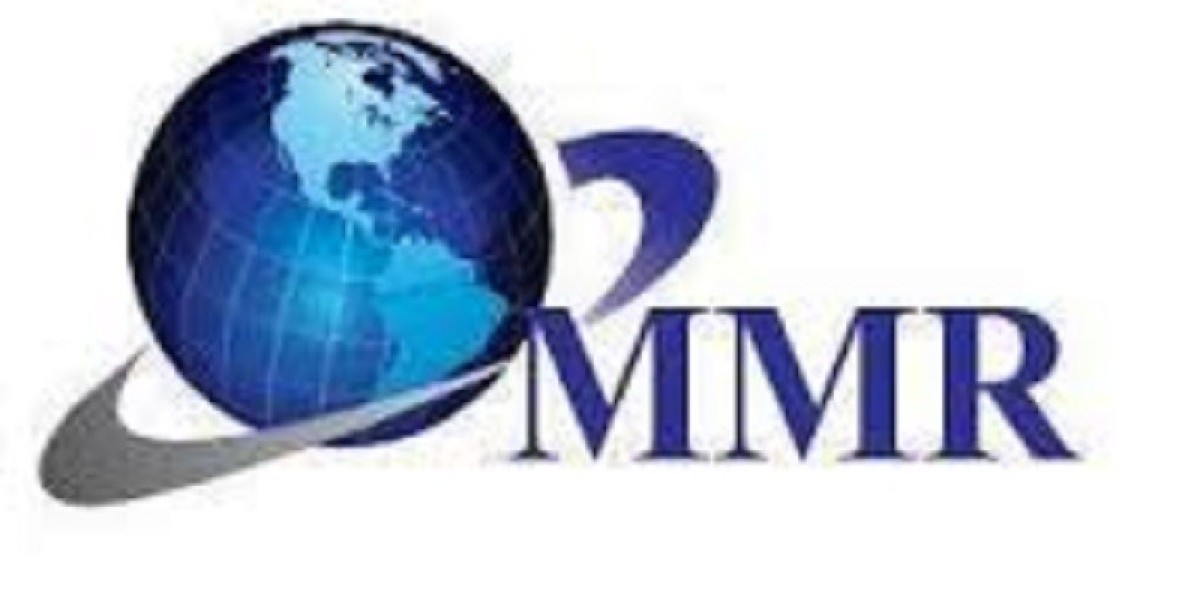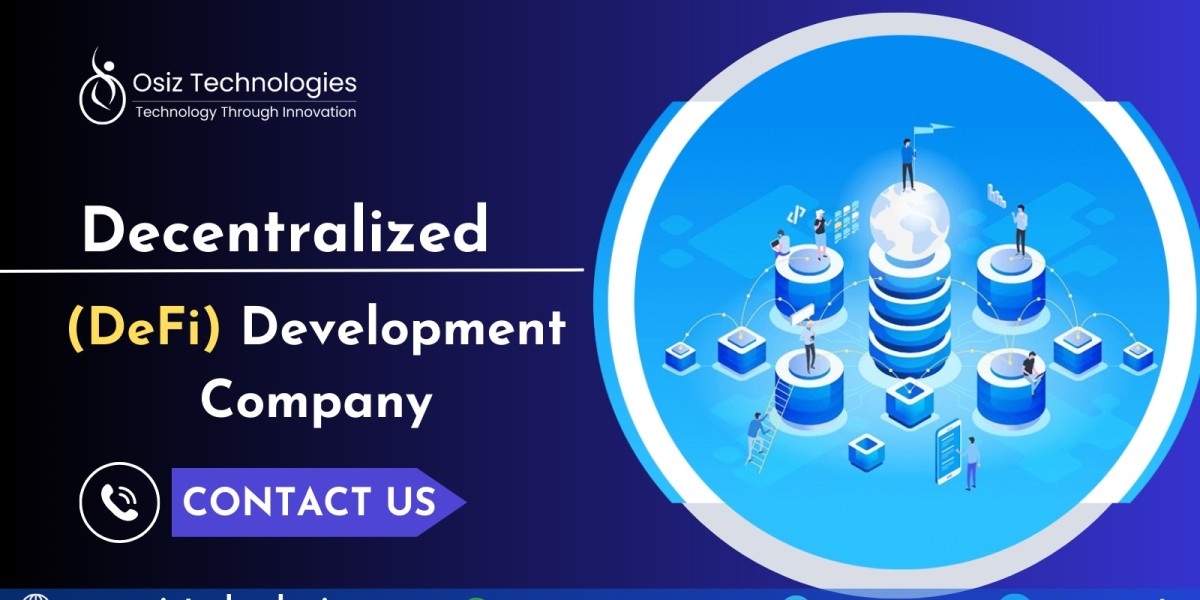Traffic Signs
Traffic signs play a very important role in maintaining order and safety on roads. They inform road users about regulations, warn them of potential dangers ahead, and guide them to their destinations. However, with the rising number of vehicles on roads everyday, it is becoming increasingly difficult for human drivers and riders to keep track of all the important traffic information around them. This is where traffic sign recognition systems come into play.
How do it work?
Traffic sign recognition systems utilize computer vision and deep learning techniques to automatically detect and identify different types of traffic signs in real-time. At the core of these systems is a camera, usually installed inside the vehicle, that continuously captures images and video of the road ahead. The in-vehicle computer then analyzes these images using pre-trained neural networks to locate any traffic signs present. Once a sign is detected, shape, color and text/symbol recognition algorithms work to classify the sign and determine what regulatory information or direction it contains. This recognized sign data is then processed and displayed to the driver via the dashboard or head-up display for their reference.
Key Components of a Traffic Sign Recognition System
The main components that make up a functional traffic sign recognition system include:
1. Camera: A wide-angle digital camera mounted on the vehicle's windshield or hood captures high resolution images and video of the road.
2. Pre-processing: The raw images undergo pre-processing steps like lighting correction, blur removal and edge detection to prepare them for analysis.
3. Detection: Using deep learning models trained on large traffic sign datasets, the pre-processed images are scanned to locate possible sign regions based on color, shape and other visual cues.
4. Classification: The detected sign patches are classified to identify the actual sign type by analyzing features like colors, text/symbols, shape of borders etc. and matching with database.
5. Tracking: When a sign is identified, its location is tracked across subsequent frames for as long as it remains in the camera's field of view.
6. Interface: The recognized sign information is sent to the vehicle's interface unit which then displays it for the driver's reference using dash/HUD displays with audio alerts.
Applications and Benefits of Traffic Sign Recognition
Such vision-based traffic sign recognition technologies bring about several safety and mobility benefits. Some key applications include:
Intelligent Speed Assistance: By reading speed limit signs, the system can alert drivers if they exceed the limit and also regulate the vehicle speed automatically. This prevents accidents due to overspeeding.
Navigation Assistance: Signs identifying street names and directions can guide drivers, especially in unfamiliar areas, reducing wrong turns and time taken to reach destinations.
Lane Change Assistance: Rules displayed for lanes that permit/restrict turning, overtaking etc. help drivers make informed lane selection decisions avoiding violations.
Traffic Monitoring: Aggregating sign data recognized over time can provide inputs for traffic analytics, route planning and incident response systems helping transport authorities.
Night-time and Adverse Condition Driving: Even in low light or bad weather situations that hamper human vision, the camera based system continues reading signs accurately keeping drivers notified.
Future of Traffic Sign Recognition
As computer vision and AI techniques progress further, future traffic sign recognition systems are expected to demonstrate higher detection accuracy even with partially blocked or obscured signs. Advanced driver assistance features leveraging sign information will achieve finer levels of automated vehicle control based on contexts. Sign data sharing between connected vehicles using technologies like V2X would enable cooperative recognition over larger areas. Over the cloud, centrally located deep learning models could get continually trained on new sign types ensuring recognition systems stay up-to-date. Together, these advances will make our roads much safer by enhancing situational awareness for human drivers as well as self-driving vehicles.
Get More Insights On Traffic Sign Recognition System
About Author:
Money Singh is a seasoned content writer with over four years of experience in the market research sector. Her expertise spans various industries, including food and beverages, biotechnology, chemical and materials, defense and aerospace, consumer goods, etc. (https://www.linkedin.com/in/money-singh-590844163)



